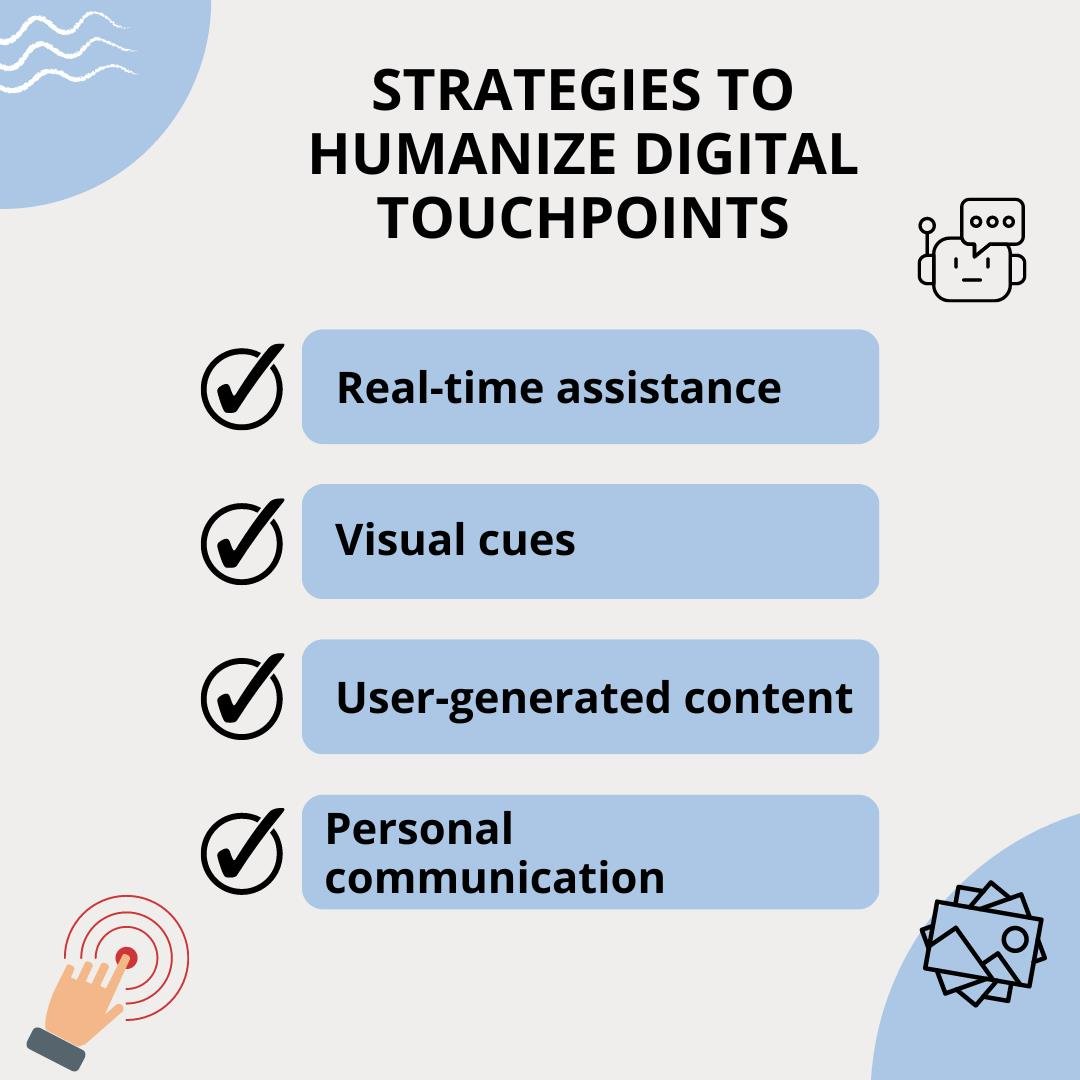The digital age has profoundly impacted customer behavior and expectations. Buying journeys is rapidly moving online. Businesses must adapt their customer experience (CX) strategies to thrive in this digital-first era. Innovation opens new doors for engagement. However, this innovation poses ethical risks that companies must navigate carefully.
The Evolution of Customer Experience in the Digital Age
E-commerce has exploded in recent years. Statista estimates that global retail e-commerce sales exceeded a staggering $5.7 trillion in 2022. Digital channels now dominate consumer spending patterns. However, customers flock to web-based buying. Yet, their expectations for the experience continue to rise.
This creates immense pressure for organizations to keep pace with ever-changing demands. Developing intuitive websites and apps is no longer enough. As interactions shift to digital channels, businesses are adopting more web-based tools for customer engagement, such as web based auto dialers that enable high-volume outbound calling through a browser interface. Maintaining meaningful human connections amidst digital transformation emerges as a new challenge. Customer experience becomes the key differentiator, encompassing every touchpoint along the customer journey. Companies must balance technology with empathy to thrive.
The Pitfalls of Engineered Insincerity in Customer Interaction
Many brands chase scale and rely heavily on automation. This often involves using chatbots and scripted call center responses. However, prioritizing efficiency over genuine care risks breeding “engineered insincerity” in interactions.
Customers see through the facade easily. Gartner’s research suggests that by 2025, 95% of business failures will be due to poor customer experience. As interactions become more impersonal, customers feel increasingly manipulated and disconnected. This deteriorates loyalty and trust.
Although automation enables scalability, its indiscriminate implementation can alienate audiences. Organizations must ensure technology complements human relationships instead of replacing them. Customer engagement must resonate emotionally to drive growth.
Balancing Technology and Empathy in CX
Delivering personalized experiences relies on integrating scalable technology. It also relies on real human insight into customer emotions and values. Technological systems can gather behavioral data. Human employees interpret and apply this intelligence with empathy.
Strategies to humanize digital touchpoints include:
- Real-time assistance: Chatbots with seamless hand-off to live agents
- Visual cues: Photos and videos conveying authenticity
- User-generated content: Ratings, reviews, visual UGC like Instagram
- Personal communication: Emails or messages from real employees

These elements foster meaningful connections vital for long-term satisfaction and loyalty. When augmented by technology, human interactions can create remarkable customer experiences. Businesses must thoughtfully design solutions augmenting relationships, not replacing them outright.
Leveraging Data Analytics for Personalized Customer Experiences
Human connections drive loyalty. Data analytics enables customization, making each interaction feel more personal. By gathering, analyzing, and applying customer data, organizations can better understand and cater to audience needs. They can then tailor communications accordingly.
Personalized experiences outperform one-size-fits-all content. Research indicates customized emails deliver 6x higher transaction rates. Location-based mobile ads boost engagement by 80%. AI-curated product recommendations drive higher sales.
However, businesses must safeguard customer privacy as they tap this wealth of data. Keeping transparency, consent and ethical data governance central in all analyses sustains trust in the long term. This power comes with a great responsibility to maintain trust.
The Role of AI and Machine Learning in Shaping Future Customer Interactions
Rapid advancements in artificial intelligence and machine learning will dramatically impact customer experiences. AI systems can optimize and personalize interactions to unprecedented levels. They do this by crunching huge volumes of data. These systems recognize patterns beyond human capacity.
We already see AI augmenting customer service through:
Predictive Lead Scoring – identifying high-value prospects
Intelligent Chatbots – automated, contextual dialog
Recommendation Engines – suggesting relevant products
Looking ahead, generative AI could customize conversations, content, and products for each individual. This hyper-personalization will require balancing innovation with privacy once more. However ethical AI implementation could take customer experiences into an uncharted new frontier.
The Integration of Omnichannel Strategies in Customer Interaction
Delivering excellent service across all channels is challenging. Customers use desktop and laptop computers, phones, stores, social media, and more. Customers switch between these channels as they shop. This makes things complex.
One good strategy is letting customers log in once for all channels. Having the same brand style everywhere helps too. But the most important thing is using data wisely.
Businesses should bring customer data together into one CRM system. This gives complete views of each person. With this, companies can connect better on every channel. They can serve customers by understanding their profiles, histories, and preferences.
Providing a cohesive experience across all touchpoints is now crucial. Having separate systems for each channel no longer works. Businesses must use integrated data to guide interactions at every step of the customer journey.
Conclusion
Digital tools for customers are common now. Soon, new kinds of interfaces will change how companies interact with people. Technologies such as virtual reality and augmented reality will transform experiences. They blend digital and real-world spaces.
Even more futuristic innovations could happen one day. Emerging technologies, like brain-computer interfaces and ambient computing with the Internet of Things, may soon become realities. These could let businesses read someone’s mind! They could then send hyper-relevant solutions instantly using devices all around.
The possibilities seem unlimited if also concerning. In any case, companies must keep up with emerging technologies. They need to be ready to quickly use innovations that improve experiences ethically. The time to prepare for the future is now.
With care and empathy, customer experience in the future can be better thanks to technology. But making real human connections will still be the key to success, even as things change rapidly.
Frequently Asked Questions
How can businesses ensure that their use of automation in customer interactions does not lead to engineered insincerity?
Businesses should carefully design automation to maintain and humanize interactions where possible. Regular reviews of automated solutions with real user testing identify depersonalizing gaps. Maintaining open customer feedback channels also highlights areas for refinement. The key lies in continuous improvement, ensuring technology complements human relationships.
What are the key considerations for businesses when using data analytics? How can they personalize customer experiences?
Although data analytics enables hyper-personalization, privacy must remain a priority. Transparency over collection methods and consent around usage build trust. Analyzing only relevant data maintains integrity. Protecting information through encryption and access controls is also important. Responsible data governance makes personalization scalable and sustainable.
How can businesses prepare for the integration of emerging technologies?
To be future-ready, a company should actively scan the technology landscape. It should invest in R&D, upskill talent, and foster an agile, innovative culture ready to adapt. Future disruptors will stand out by proactively experimenting and embracing new technologies to reimagine customer experiences. They won’t just reactively adopt new tech.
Key Takeaways
- More customer service will use web chat, texting, and social media instead of phone calls. These methods represent web-based communication options.
- Artificial intelligence (AI) will power virtual assistants and chatbots. They will have conversations with customers automatically.
- Customer support will become unified. All channels (calls, messages, social posts) will be organized in one place.
- Tools will connect in-person and digital channels. For example, live chat is integrated with physical stores.
- Virtual and augmented reality will offer new ways to interact. Customers may get support through virtual experiences.
- Contact centers will keep improving features for customers and employees. This includes faster responses, better interfaces, and smarter assistants.
- Customer expectations for fast, personalized, always-on service will increase. Companies must adapt to the latest technologies to meet demands.
- As solutions become more complex, the importance of simplicity and user-friendliness in design will increase. This is when designing interactions.
The key is to use technology thoughtfully. It will enhance human connections with customers in the future.
















